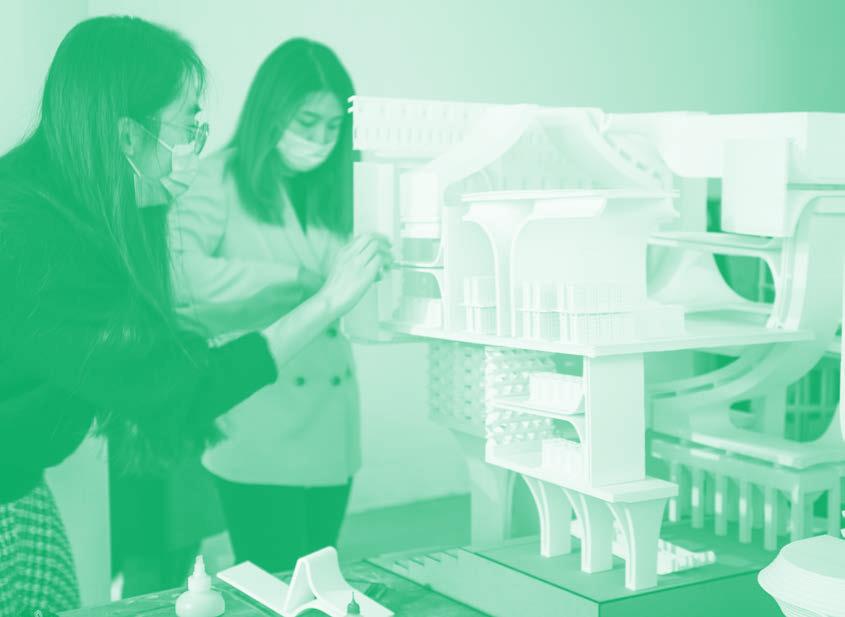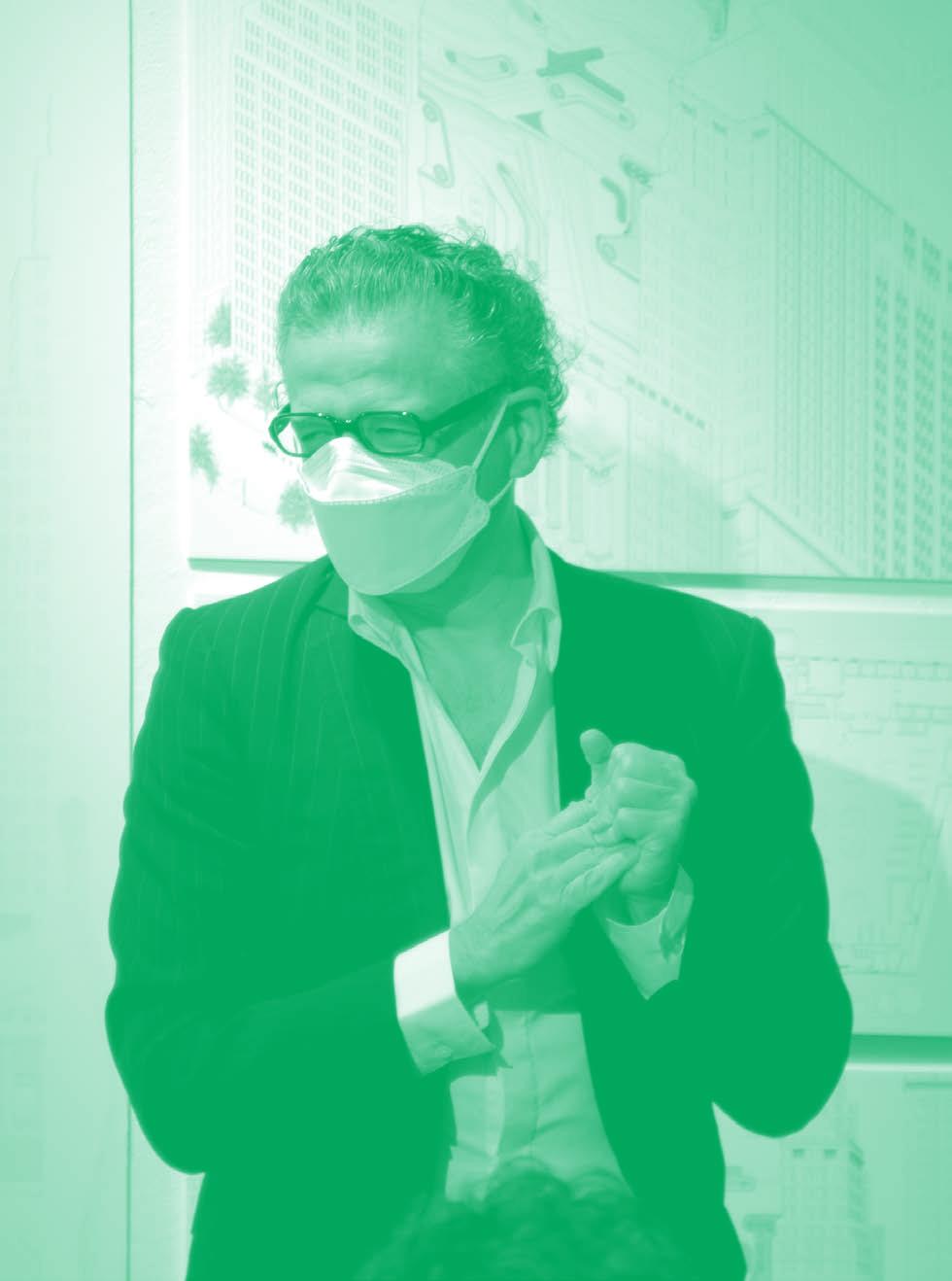
1 minute read
MSD in Advanced Architectural Design
from Pressing Matters 11
Director: Ali Rahim
The Master of Science in Design: Advanced Architectural Design is a three-semester post-graduate program that is focused on design innovation and material practice grounded in real-world application. The discipline of architecture is foregrounded, and issues including building assembly, structure, and organization are fore-fronted and combined with the latest technology and techniques to rethink architectural precedent. Technology has matured within architecture over the last 25 years. Through the process of maturation, key issues of the discipline were neglected in favor of creativity enhancing abstraction. Abstract experiments were fundamental to rethinking the design process, and material form was sidelined for virtual analogs. This was counter intuitive, as the centrality of buildings and their construction in the discipline was left behind.
The AAD program recenters the building in architectural pedagogy. Contemporary Theory focuses on theory starting with the digital turn in architecture in the early 1990s, considering a broad spectrum of conditions including labor, as, for instance, studied through the oor plan and section of Zaha Hadid’s BMW factory and ofce building in Leipzig, Germany.
Design Innovation explores the narrow use of Articial Intelligence directed at material assembly and building facades. Visual Literacy makes a bridge between architecture and representation techniques within contemporary culture, foregrounding their usefulness in addressing disciplinary issues. Reinvigoration through narrow applications of technology has the potential to continually open up the discipline to contemporary culture, allowing it to affect and inect the techniques that we use in more critical ways. This enables a richer and more rigorous architecture engaged with intersectional cultural issues including climate change, racial justice, and the non-human. The robust nature of the program empowers students to think creatively and gives them the tools and knowledge necessary to make incisive buildings with material impact.






